Advertisement
When working with APIs, configurations, or user inputs, there's a good chance you’ll run into strings that contain JSON data. But as long as they're just plain strings, you can't interact with them like objects. You’ll need to convert them first—parse them into something your code can understand and work with. Below are the main ways to convert a JSON string into a proper JSON object, depending on the language you're using or the situation you're in.
JavaScript: JSON.parse()
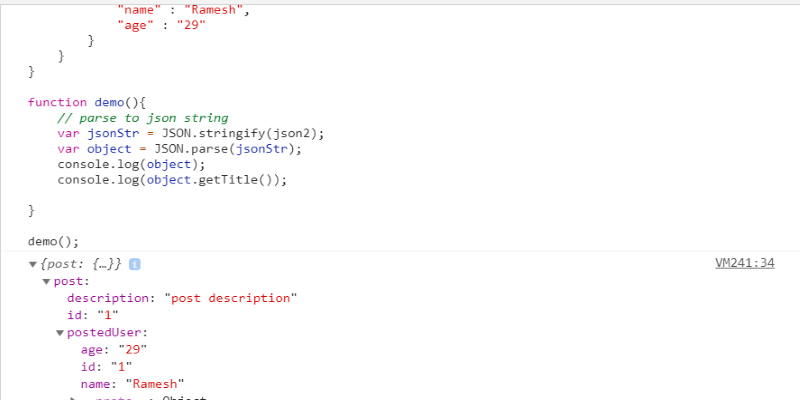
This is the most direct and widely used method when working in JavaScript. If your string is properly formatted JSON, you can convert it to an object using one simple line:
javascript
CopyEdit
const jsonString = '{"name": "Alice", "age": 25}';
const obj = JSON.parse(jsonString);
After this, obj becomes a usable object. You can now access properties like obj.name or obj.age.
Just make sure the string is clean. If there’s a single syntax error—like a trailing comma or mismatched quote—it will throw. To prevent crashes, wrap it in a try-catch:
javascript
CopyEdit
try {
const obj = JSON.parse(jsonString);
} catch (e) {
console.error("Invalid JSON string:", e);
}
In Python, the standard library offers the json module, and the loads() function inside it does the conversion. You feed it a JSON string, and it returns a dictionary.
python
CopyEdit
import json
json_str = '{"city": "London", "temp": 18}'
data = json.loads(json_str)
The information is now a Python dictionary. This approach is fine as long as the string is well-formed JSON. If you're receiving JSON from other external APIs or dubious sources, it's better to find out if it must be decoded or sanitized beforehand.
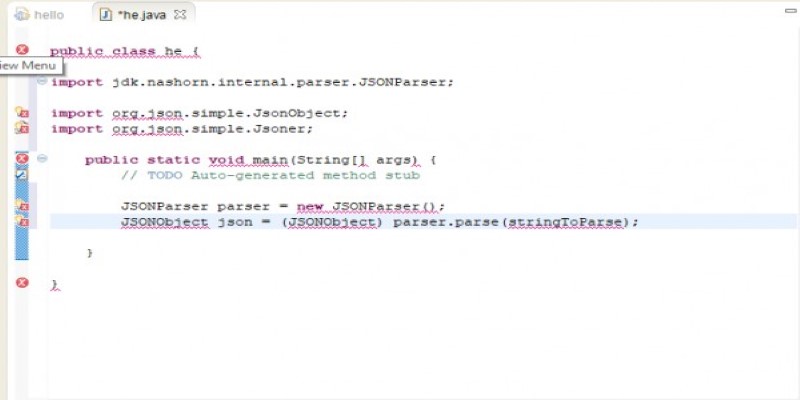
Java doesn't support JSON natively, so you need a library. One of the common ones is org.json. Here’s how it works:
java
CopyEdit
import org.json.JSONObject;
String jsonStr = "{\"brand\":\"Toyota\", \"model\":\"Corolla\"}";
JSONObject obj = new JSONObject(jsonStr);
You can then get values like this:
java
CopyEdit
String brand = obj.getString("brand");
This method assumes the string is well-formed. If you’re dealing with malformed strings or ones that may have extra escape characters, make sure to clean them up first.
C# doesn’t include JSON parsing in the base framework (unless you're on .NET Core 3.0+). The go-to tool for years has been Newtonsoft.Json, especially JsonConvert.
csharp
CopyEdit
using Newtonsoft.Json;
string json = "{\"username\":\"john_doe\",\"score\":42}";
var obj = JsonConvert.DeserializeObject
Now you’ve got a dictionary you can use in your logic. The benefit of this method is that it can also parse directly into a class if your structure is known:
csharp
CopyEdit
public class User {
public string username { get; set; }
public int score { get; set; }
}
User user = JsonConvert.DeserializeObject
This gives you strongly typed access, which is helpful for larger projects.
In PHP, you have json_decode(), which works both ways. It turns a JSON string into either an object or an associative array, depending on the second parameter.
php
CopyEdit
$json = '{"fruit":"apple","color":"red"}';
$obj = json_decode($json); // returns an object
$array = json_decode($json, true); // returns an associative array
Use the object form when you want to treat properties like $obj->fruit, and the array form if you're using $array['fruit'].
Go’s standard library includes encoding/json, which covers the decoding part with Unmarshal.
go
CopyEdit
import (
"encoding/json"
"fmt"
)
func main() {
jsonStr := `{"id": 101, "status": "active"}`
var data map[string]interface{}
err := json.Unmarshal([]byte(jsonStr), &data)
if err != nil {
fmt.Println("Error decoding JSON:", err)
return
}
fmt.Println(data["status"])
}
You need to provide a byte slice, not a string, so don’t forget to use []byte() on your string. You can also decode into a struct for more structured access.
Ruby has a built-in JSON module, and its parse method does the job cleanly.
ruby
CopyEdit
requires 'json'
json_str = '{"name":"Lily","grade":90}'
obj = JSON.parse(json_str)
It returns a hash, which you can use as you would with any other Ruby hash. This method is direct and works well unless the input is dirty. In that case, check encoding or wrap in a rescue block.
If you’re working with Swift, especially when fetching from APIs, the recommended method is JSONDecoder.
swift
CopyEdit
import Foundation
struct Person: Codable {
let name: String
let age: Int
}
let jsonData = """
{
"name": "Ethan",
"age": 29
}
""".data(using: .utf8)!
let person = try JSONDecoder().decode(Person.self, from: jsonData)
This gives you type-safe decoding. If you want a dictionary instead, you can use JSONSerialization:
swift
CopyEdit
let dict = try JSONSerialization.jsonObject(with: jsonData, options: []) as? [String: Any]
Rust uses the serde and serde_json crates for JSON handling. Once those are in place, here’s how you convert a string:
rust
CopyEdit
use serde_json::Value;
let data = r#"{"key": "value", "count": 5}"#;
let v: Value = serde_json::from_str(data)?;
Once parsed, you can access keys like a map. You can also decode into structs for strongly typed handling. This method is reliable and performs well, but it expects you to manage errors properly.
Bash isn’t ideal for heavy JSON parsing, but if you need to do it, jq can help. Let’s say you have a string variable:
bash
CopyEdit
json='{"animal":"dog","legs":4}'
echo "$json" | jq '.animal'
This prints "dog". You can assign values by capturing them into variables using command substitution:
bash
CopyEdit
animal=$(echo "$json" | jq -r '.animal')
Just make sure jq is installed on the system where you're running this.
Kotlin offers kotlinx.serialization, which simplifies decoding:
kotlin
CopyEdit
import kotlinx.serialization.*
import kotlinx.serialization.json.*
@Serializable
data class Info(val title: String, val year: Int)
val json = """{"title":"Example","year":2022}"""
val info = Json.decodeFromString
It works almost like Swift’s Codable, which is useful when working on Android apps or with REST APIs.
There's no one "best" way to convert a string into a JSON object—it entirely depends on what language you're using and whether you're handling structured or unpredictable data. Each method listed above takes care of the same job: turning a JSON string into a format that your code can use without trouble, whether it's JSON.parse() in JavaScript or json.loads() in Python, these methods all help get that string out of text-only mode and into something you can actually work with.
Advertisement

Learn how Intel Core Ultra CPUs use advanced neural processing to unlock faster and more responsive AI experiences on PC.
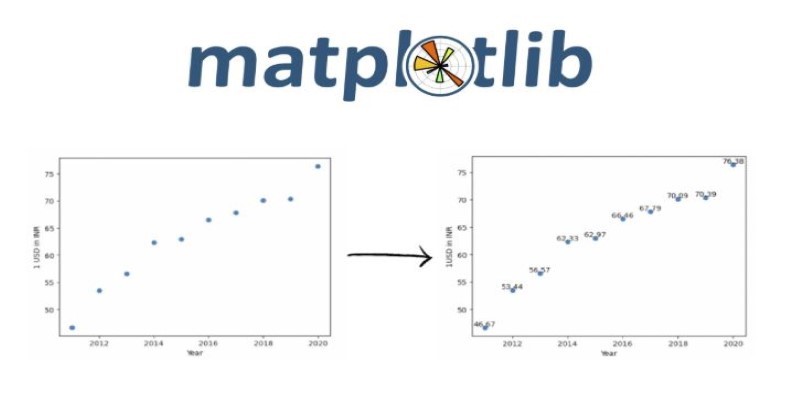
Explore effective ways for scatter plot visualization in Python using matplotlib. Learn to enhance your plots with color, size, labels, transparency, and 3D features for better data insights
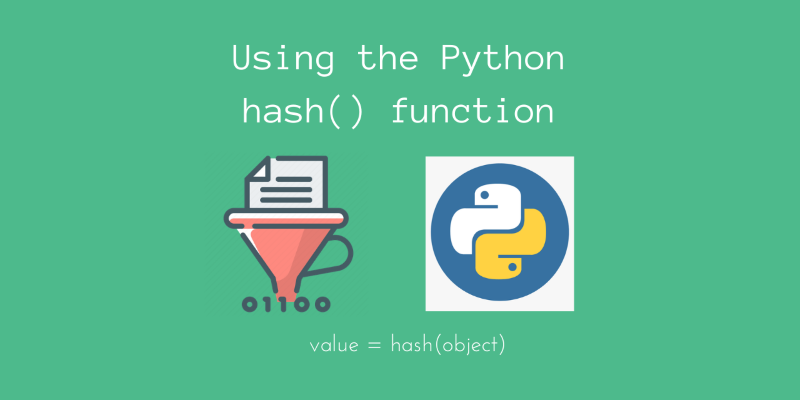
Learn how logic gates work, from basic Boolean logic to hands-on implementation in Python. This guide simplifies core concepts and walks through real-world examples in code
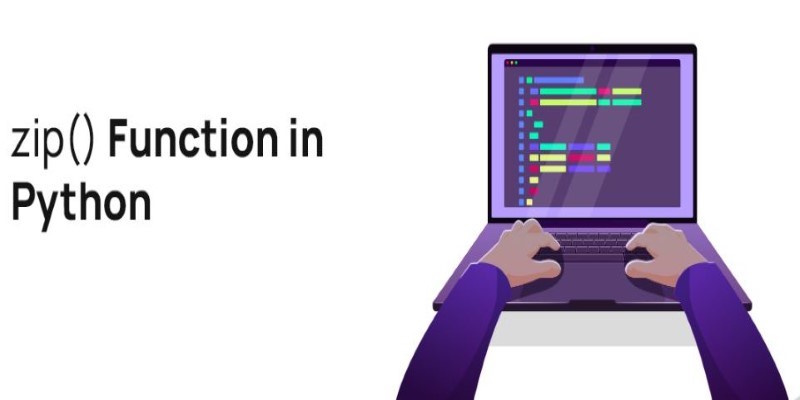
Learn how the zip() function in Python works with detailed examples. Discover how to combine lists in Python, unzip data, and sort paired items using clean, readable code

SAS acquires a synthetic data generator to boost AI development, improving privacy, performance, and innovation across industries

Discover multilingual LLMs: how they handle 100+ languages, code-switching and 10 other things you need to know.

Learn how sorting lists in Python using sort() can help organize data easily. This beginner-friendly guide covers syntax, examples, and practical tips using the Python sort method

Ask QX by QX Lab AI is a multilingual GenAI platform designed to support over 100 languages, offering accessible AI tools for users around the world

Jio Brain by Jio Platforms brings seamless AI integration to Indian enterprises by embedding intelligence into existing systems without overhauls. Discover how it simplifies real-time data use and smart decision-making

Create user personas for ChatGPT to improve AI responses, boost engagement, and tailor content to your audience.
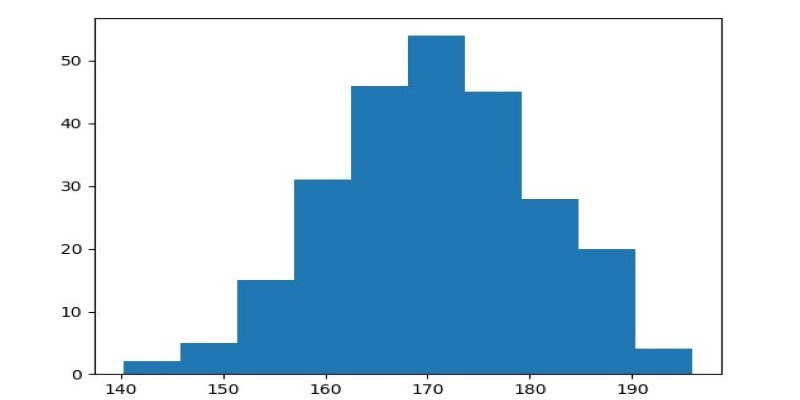
How to use Matplotlib.pyplot.hist() in Python to create clean, customizable histograms. This guide explains bins, styles, and tips for better Python histogram plots
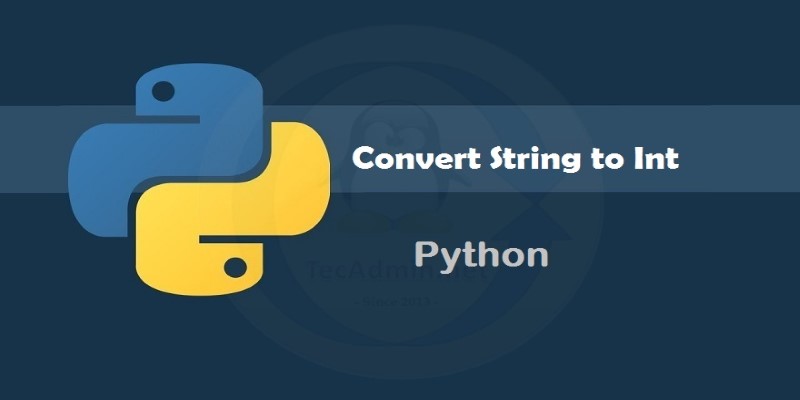
Learn seven methods to convert a string to an integer in Python using int(), float(), json, eval, and batch processing tools like map() and list comprehension